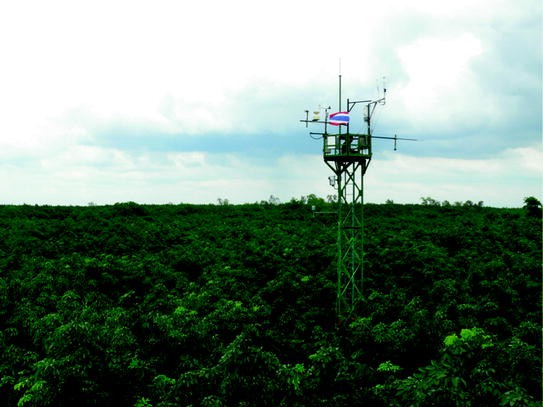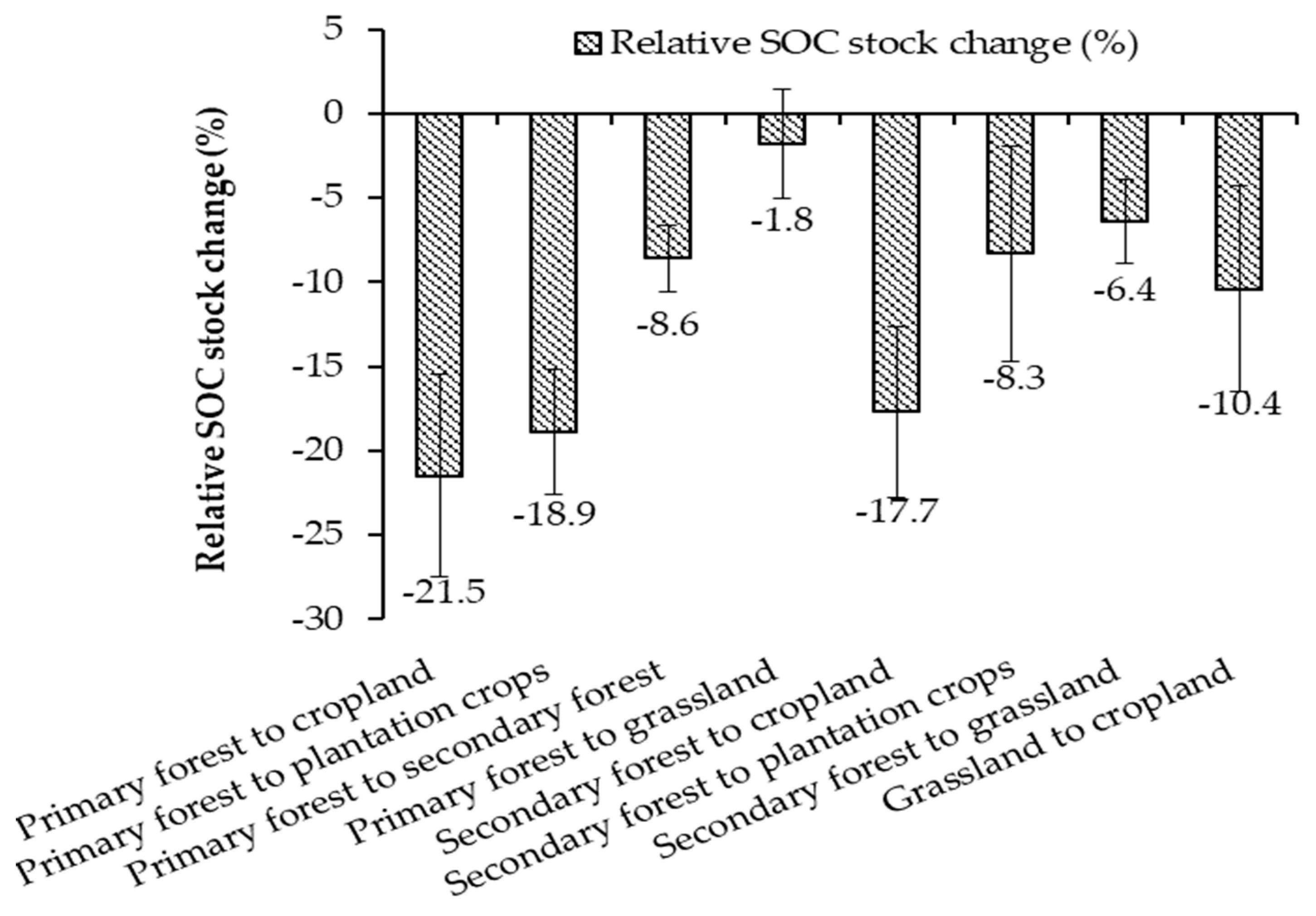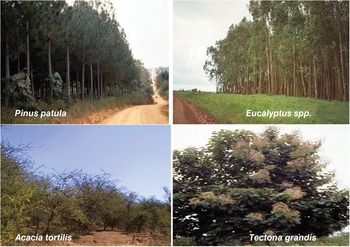Although they are large tree in the wild rubber trees respond well to pruning and can be kept quite small if trimmed regularly.
Pest and disease management in rubber plantation.
The plant originates from china.
When the infestation is severe apply sevin 5 at the rate of 10 kg per ha or ekalux 1 5 or fenval 0 4 dust at the rate of 7 kg per ha provisional recommendation with a power duster.
The tea plant can take the form of a tree with a bowl shaped canopy but is usually pruned under cultivation to be smaller and shrub like.
These are minute organisms with four pairs of legs.
They suck the sap from the leaves resulting in crinkling and shedding.
Aphids and mealy bugs are soft bodied insects that pierce plant tissue and feed on cell sap.
Rubber tree ficus elastica is an impressive plant with huge shiny leaves but this cold sensitive plant survives outdoors only in very warm climates for this reason it is usually grown indoors.
Plant supports vegetable supports trellises tomato cages supports flower supports trellises plant support accessories pest disease controls fences barriers animal controls insect controls plant disease controls seeds plants seed starting pots kits organic seeds flowers perennials vegetables fruits.
However if weakened by overwatering or dark conditions they can be afflicted by.
Rubber trees are popular disease resistant houseplants.
Although healthy rubber tree plants tend to be pest resistant they can be infested by several sap sucking pests.
The plant produces fragrant white flower singly or in small clusters.
The present work is a revised and greatly enlarged version of the section devoted to pathological problems in the author s well known book the physiology and diseases of hevea brasiliensis which appeared in 1911.
If properly cared for few pests or diseases seriously threaten rubber trees.
Most of the major diseases of hevea brasiliensis are of worldwide distribution with the notable exception of south american leaf blight against which strict quarantine regulations are enforced by rubber growing countries outside the americas to prevent the unauthorised import of hevea but their local severity and importance vary from one region to another.
Attention is drawn in the preface to the fact that the future of plantation rubber is largely dependent on the effective control of disease and that the importance of this factor.

























